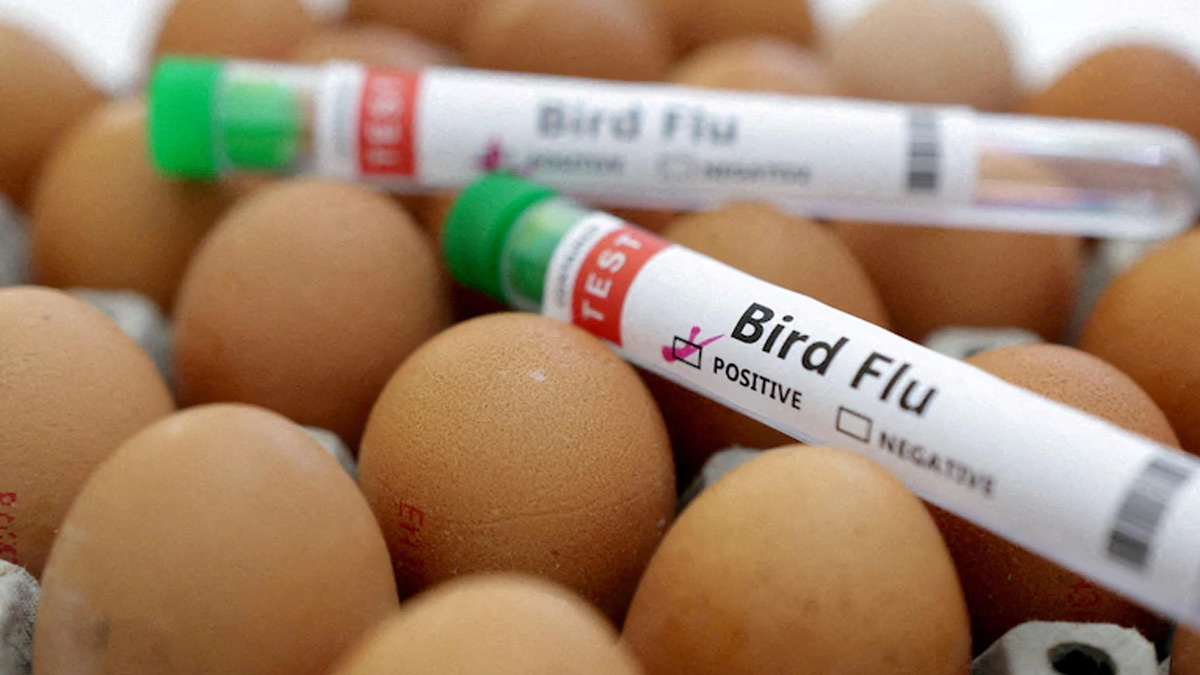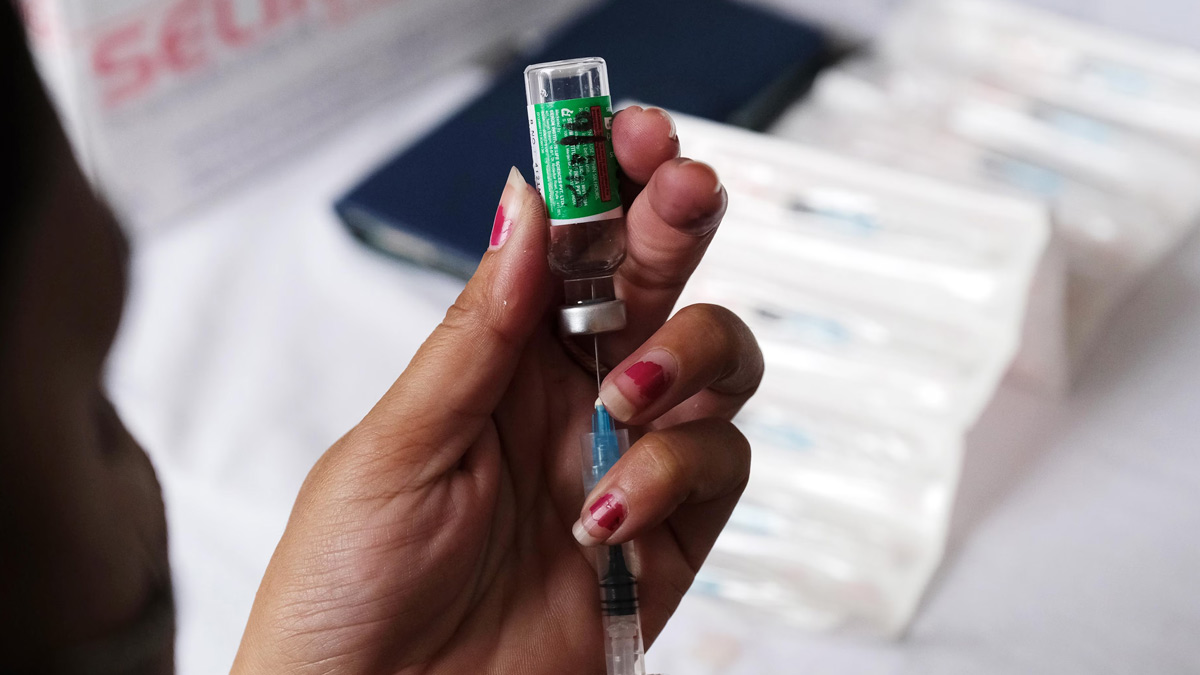-1738834924285.webp)
The Indian Council of Medical Research (ICMR) has taken a significant step toward combating the deadly H5N1 virus, commonly known as avian influenza. With growing concerns over the virus’s potential impact on public health, ICMR has begun the process of developing a vaccine for human use. The organization is now seeking collaboration with companies, manufacturers, and research institutions to accelerate vaccine development.
Table of Content:-
Why Avian Influenza Is a Growing Threat
Avian influenza, or bird flu, is a highly contagious viral infection that affects birds and has the potential to infect humans. While the transmission of H5N1 from animals to humans remains relatively rare, the virus is considered highly dangerous due to its alarming mortality rate. If the virus mutates to enable human-to-human transmission, it could lead to a global health crisis.
-1738835016794.jpg)
The urgency of vaccine development comes in response to a rising number of outbreaks worldwide. Countries, including the United States, have reported human fatalities linked to the H5N1 virus. India has also witnessed multiple outbreaks in 2021, 2023, and 2024, affecting poultry farms and wild bird populations. These outbreaks have not only posed health risks but also led to significant economic losses in the poultry sector.
Also Read: Breakthrough Test May Predict Which IBD Patients Face Higher Colorectal Cancer Risk
The ICMR’s Mission to Develop a Vaccine
Recognizing the urgent need for preventive measures, ICMR has invited expressions of interest from pharmaceutical companies, biotechnology firms, and research organizations to collaborate on vaccine development. The goal is to create an innovative human vaccine candidate that can provide protection against H5N1 infections.

Experts emphasize that while human cases remain sporadic, the severity of the illness makes it crucial to stay ahead with preventive measures. According to ICMR, the case fatality rate of H5N1 in humans exceeds 50%, making it one of the deadliest viruses known. The risk of transmission from infected birds to humans exists, and the potential for future mutations that could enable human-to-human spread remains a serious concern.
Understanding the Risks of H5N1 Virus
The H5N1 strain of avian influenza primarily spreads through direct contact with infected birds, their droppings, or contaminated surfaces. Individuals who work in close proximity to poultry farms, bird markets, or infected wildlife are at the highest risk of exposure. Although the virus does not currently spread easily among humans, sporadic cases have been documented worldwide, often resulting in severe respiratory illness and fatalities.
One of the most pressing dangers is the possibility of the virus evolving into a form that can sustain human-to-human transmission. If this happens, the consequences could be catastrophic, leading to a potential pandemic similar to or even more severe than COVID-19. This is why experts stress the importance of proactive measures, including vaccination, to prevent such a scenario.
The Economic and Public Health Impact
Beyond the direct health risks, avian influenza has devastating effects on the poultry industry. Large-scale outbreaks have led to mass culling of birds, disrupting the livelihoods of farmers and causing fluctuations in the food supply chain. The economic burden of controlling outbreaks and preventing further spread is immense, making vaccine development a critical step in mitigating future risks.

Moreover, the psychological impact of recurring outbreaks on public confidence in poultry consumption cannot be ignored. Consumers often hesitate to purchase poultry products during outbreaks, leading to significant financial losses for the industry.
The Road Ahead for Vaccine Development
ICMR’s initiative marks a pivotal moment in India’s preparedness against avian influenza. By fostering collaborations with experts and institutions, the council aims to expedite the development of a vaccine that can offer effective protection against H5N1 infections.
While the research and development process for vaccines is complex and time-consuming, early investment in this field could prevent future health crises. With global health organizations keeping a close watch on emerging infectious diseases, India’s proactive approach in tackling avian influenza through vaccine development is a commendable step in safeguarding public health.
Bottomline
The H5N1 virus remains a looming threat, and its ability to cause severe illness in humans underscores the urgency of preventive strategies. ICMR’s initiative to develop a human vaccine against avian influenza is a crucial step in strengthening India’s preparedness against potential outbreaks. With continued research, collaboration, and innovation, scientists hope to develop a vaccine that can prevent future infections and protect lives.
Also watch this video
How we keep this article up to date:
We work with experts and keep a close eye on the latest in health and wellness. Whenever there is a new research or helpful information, we update our articles with accurate and useful advice.
Current Version